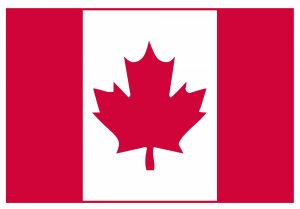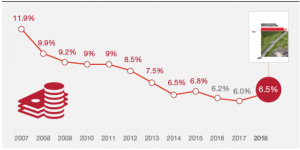It is always interesting to look at Human Resources Trends from around the world to explore the similarities and differences of varying cultural perspectives. As our parent company is Canadian, let’s look at a few of the trends that are top of the list for 2018. Morneau Shepell compiles an annual list of Canadian HR Trends:
Insights on what HR leaders are expecting in the coming year:
• Improving employee engagement is a top priority
Employee Engagement is top of mind for companies in the US as well. Not only for altruistic motives, but for the sheer fact that engagement can be tied to better productivity and bottom line numbers all around. Trying to tap into the discretionary effort each employee has is big business. http://www.snacknation.com/guides/definitive-guide-employee-engagement/
• Streamlining administration and absence management continue to be focus areas
Streamlining administration is a worthy cause in any country. Streamlining can take the form of creating new processes or automation. Robotic process automation has real potential to transform the mundane tasks in HR.
• HR leaders continue to be cautious about salary increases. Salaries expected to increase by 2.3 per cent in 2018.
While salary increases are trending just slightly higher in the US, there are still concerns about how to differentiate between average and high performers with such small increase budgets.
• Employers are looking at workforce data in silos, with very few looking at data in an integrated way
Data will be THE FOCUS in 2018 whether in silos or a more integrated approach.
• Complex mental health claims are the top disability management concerns
Large claim management in general is a concern. A few large claims can turn the loss ratios in the wrong direction.
• Manager training is a focus in managing absence and disability
Manager training is a focus for all companies. It should encompass the hard skills like managing absenteeism and disability LOA’s, but should also encompass softer skills like having difficult conversations, confrontation and inspiring your employees.
• Organizations are concerned that their employees are not adequately prepared for retirement
This is a growing concern amongst many US employers as well. Financial wellness training for the workforce is a partial solution. Other approaches may include automatic enrollment in 401(k) plans and writing plan documents to exclude the popular loan provisions.
Companies around the globe have the same goals, to inspire their workforces, yielding a team of more engaged workers and better profits at the bottom line.


